Course Summary
Cultural diversity is vital and should not be considered an option in the 21st century workplace.
Human and cultural diversity issues remain at the forefront in many aspects of American life. Most agencies have made the adverse consequences of racial bias very clear to their employees. Few law enforcement officers, if any, would admit to having biases or practicing racial profiling. Still, there are employees at agencies across the nation who grumble that women should not staff special tactical units, or that members of the lesbian, gay, bisexual, and transgender (LGBT) community have no place in policing. Some officers complain that "America is for Americans" and allow their cultural biases to influence their perceptions of which groups fit within their definition of "Americans."
We all have biases and this training will not likely eliminate them, but it will help you better serve your agency and your community. This training also may help you look at situations involving people with different backgrounds, cultures, and beliefs from a new angle, especially when this course is taken in conjunction with the TRN Bias/Implicit Bias Training Course.
This cultural diversity training course certainly does not suggest that you adopt the cultures, beliefs, or attitudes of others. But by understanding the views and ways of others, and allowing different views to exist harmoniously, we will undoubtedly work and play better with others in our professional and personal lives. This training does not seek to identify what various groups "like" or "don't like" but instead suggests ways to approach and deal with differences.
Course Syllabus
-
Module 1 - Introduction
- Course Goals and Objective
- Introduction by Melba Pearson, Esq.
- General Introduction
- Example from TV-Film
- The Challenge of Understanding Diversity
- Definitions
- Assessment
-
Module 2 - Human and Cutural Diversity
- Introduction
- Defining Diversity
- Why Train on Diversity?
- Characteristics of People
- The History of D.E.I.
- Trends
- Theories of Inclusion
- The 4 Layers of Diversity
- Understanding Diversity and Fairness as Viewed Through a Past or Future Lens
- Color Blindness vs Color Awareness
- Additional Cultural Issues to Consider
- Assessment
-
Module 3 - Culture
- Examining One's Own Cultural Diversity-Part 1
- Cultural Rules and the Iceberg Theory
- High and Low Context Cultures
- Examining One's Own Cultural Diversity-Part 2
- Comparative Example of Culture Rules
- Values and Cultural Group Norms
- How We Deal with Diversity
- Assessment
-
Module 4 - Cultural Awareness
- Four-Stage Model of Cultural Awareness-Part 1
- Four-Stage Model of Cultural Awareness-Part 2
- Multiculturalism
- Paradigms of Acculturation
- Assessment
-
Module 5 - LGBTQ+
- Introduction to LBGTQ and Sexual Orientation
- Transgender
- Sexual Orientation in the Workplace
- Assessment
-
Module 6 - Law Enforcement and Multiculturalism
- Law Enforcement as a Subculture-Part 1
- Law Enforcement as a Subculture-Part 2
- Tips for Improved Multicultural Communications
- Tips for Improved Multicultural Communications-Part 2
- The REACH Guidepost
- T.A.S.T.E.R.S.-Part 1
- T.A.S.T.E.R.S.-Part 2
- The S.T.A.N.D. Model
- Closing Comments by Melba Pearson, Esq.
- Assessment
-
Module 7 - Final Assessment
- Assessment
